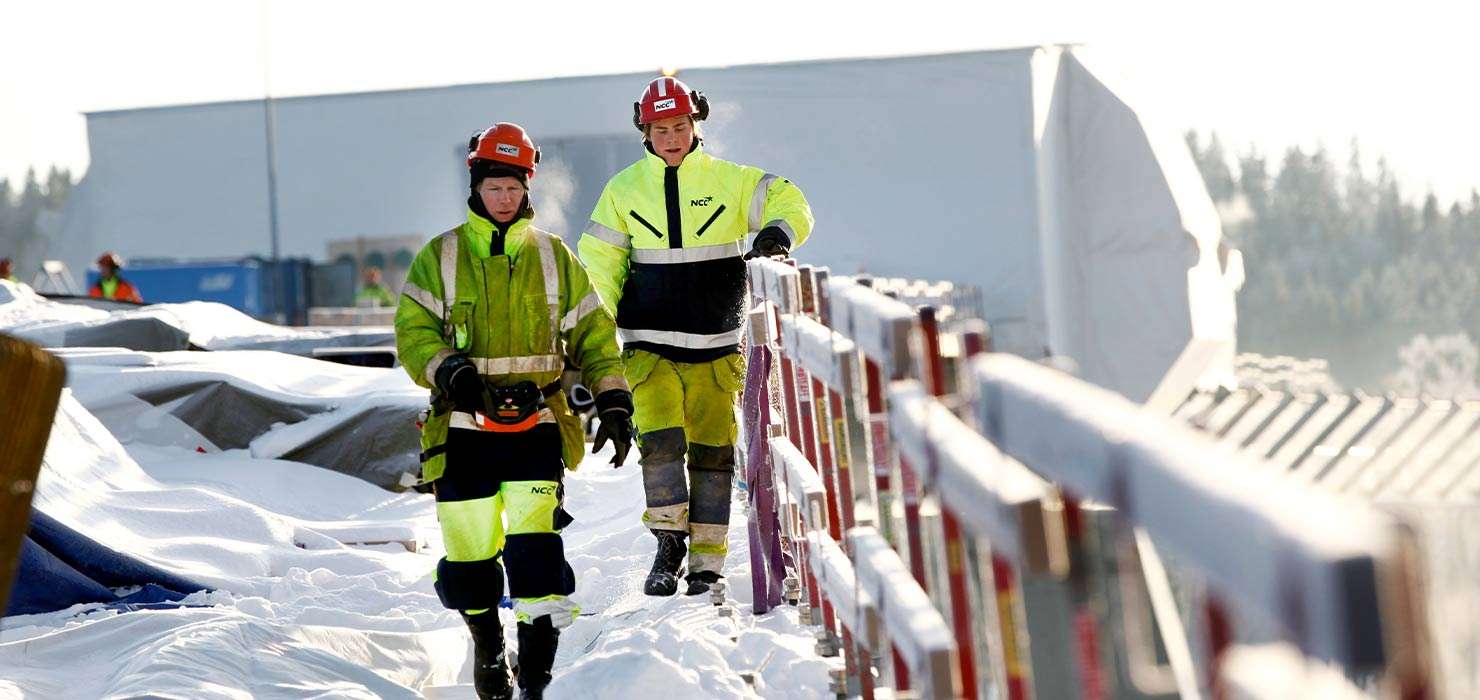A study conducted at Cornell University discovered that productivity peaked at 71.6 degrees. In colder environments, temporary heating may be required to maintain workplace productivity. If you intend to use rental heaters, it’s important to understand how to operate them safely to prevent accidents or injuries. Below are safety tips for three different types of temporary heating.
1. Safety Tips for Indirect-fired Heaters
Diesel, propane, and natural gas are standard for indirect-fired heaters. These heaters feature a burn chamber containing the flame, with cool air circulating a heat exchanger, ultimately releasing warm air into the building. Generally, indirect heaters pose a lower risk of hazards. When using them, it’s essential to place the units on stable ground outside the building. Ensure your gas-fired units are AGA-rated, securely fastened against physical damage, and equipped with flexible fuel line piping. Employ bollards or jersey barricades to safeguard fuel tanks. Position flue stacks away from combustible materials to prevent fumes from infiltrating the workplace. Moreover, ensure regular maintenance and inspection of your units by a qualified vendor through a written agreement.
2. Safety Tips for Direct-fired Heaters
Direct-fired heaters convert all fuel used into heat, making them advantageous for certain workplaces due to their portability and low operating costs. However, a potential hazard arises from their direct flame, which could ignite a fire if situated near combustible materials. Refraining from using these HVAC rentals in wood frame structures is generally advised, as their maneuverability increases the risk of tipping over.
To ensure safety:
- Mechanically secure the unit to prevent movement.
- Before refuelling, ensure the unit is switched off and has cooled down.
- Maintain proper safety clearances from combustible materials on all sides of the unit.
Additionally, due to the heightened risk of carbon monoxide buildup, installing carbon monoxide detectors is crucial to safeguard yourself and your workers.
3. Safety Tips for Electric Heaters
Electric heaters are often a practical temporary heating solution for small areas. They use a filament or ceramic disc to generate heat, with a fan distributing warm air. While these units generally pose a lower risk to health and safety, adhering to proper protocols is essential. Similar to direct-fired heaters, maintain a distance between the heaters and combustible materials and secure them to prevent tipping. Ensure usage in dry environments only and implement ground fault protection to safeguard your workers.
Every business aims to maximize workday productivity, especially in cold environments where temporary heaters can be invaluable. Following these safety tips for temporary heaters helps ensure a safe work environment.

